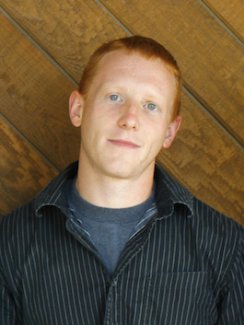William Ennis

William Ennis, 2013 Engineering Intern
Engineering Intern (2013)
Project: Design and prototype of STREON aquatic organism exclosure
Will's Mentors: Susan Tower, Andrew Sparks and Ryan Utz
About Will
Will Ennis was a junior at the University of Alabama (Roll Tide!), studying mechanical engineering, when he interned with NEON. Will has been interested in engineering since he entered undergraduate school. He spent his summer internship designing tools and equipment for various NEON projects. He said that the best part of his internship at NEON was, “seeing my designs go from a computer screen out to the field. Seeing that something actually works in real life is the ultimate engineering test.”
Q&A
No. What I study and what I am interested in is engineering. Though, I have learned about how ecology and engineering have unique challenges, especially when they interact. Most engineers are designing things that will be profitable. At NEON, we focus more on products that are friendly to the environment and simple for scientists to utilize since NEON is not trying to make money.
Yes, I like engineering and I think I’ll continue with it.
Not really, it pretty much stayed the same. I wanted to pursue engineering before NEON, and now I still do. It just kind of reinforced how I felt before.
The best part is seeing my designs go into the field. I love seeing things that I built being used. That is the ultimate test of a design – does it actually work in real life?
For me, it was learning some of the 3-D design programs. At the University of Alabama, there isn’t a huge emphasis on learning how to use these programs. But I learned at NEON that this is actually one of the main parts of a career in engineering.
It may seem simple, but I would familiarize yourself with the bus system and other ways of transportation in Boulder before you get here. Most of the interns flew here and we didn’t have cars, so knowing how to get around before you get here is important. That way, you won’t spend the first three days lost, like I did.